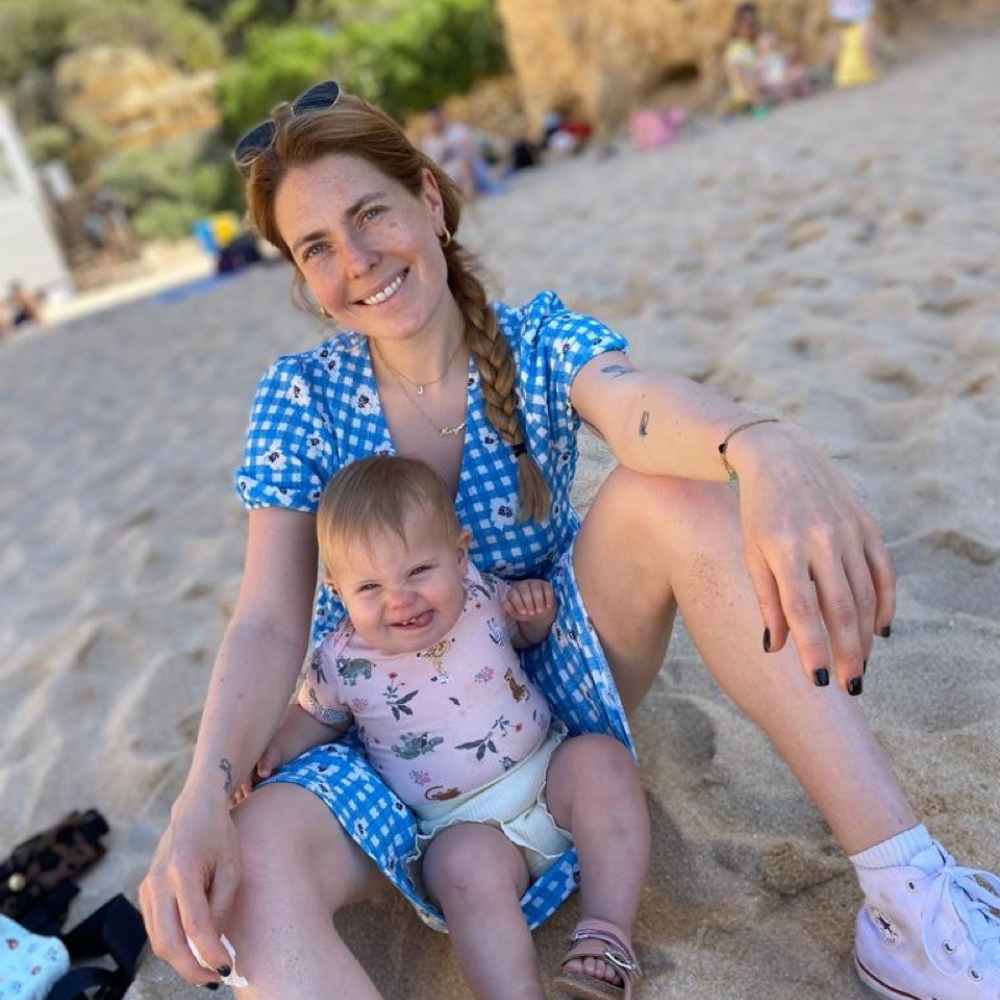As a mother, I’ve discovered that establishing a healthy breastfeeding routine is a learning process that evolves over time. In the beginning, it’s all about supply and demand, feeding your baby when they’re hungry, need comfort, or simply desire a moment with their mother – you! Gradually, as you progress in your breastfeeding journey, you learn to recognize your baby’s signals and develop a routine that works for both of you.
Understanding the Early Days of Breastfeeding
In the early days of breastfeeding, it’s essential to focus on:
- Feeding on demand: Respond to your baby’s hunger cues and offer your breast whenever they show signs of hunger.
- Skin-to-skin contact: Spending time in close contact with your baby helps strengthen your bond and encourages healthy breastfeeding.
- Patience: It takes time for both you and your baby to learn the art of breastfeeding. Be patient with yourself and your baby as you navigate this new experience together.
Recognizing Your Baby’s Feeding Signals
As you grow more confident in your breastfeeding abilities, you’ll start to recognize your baby’s feeding signals. Some common cues include:
- Rooting: Turning their head and opening their mouth when their cheek is touched.
- Hand-to-mouth movement: Bringing their hand to their mouth.
- Sucking on fingers or fists.
Developing a Routine
Once you’re familiar with your baby’s feeding signals, you can start developing a routine that works for both of you:
- Offering a Feed: Establish regular feeding times that align with your baby’s natural patterns. This helps regulate your milk supply and ensures your baby gets enough to eat.
- Create a comfortable environment: Choose a comfortable, quiet space for breastfeeding to help both you and your baby relax.
- Maintain consistency: Stick to your routine as much as possible to help your baby develop a sense of security and predictability.
Adapting Your Routine as Your Baby Grows
As your baby grows, their feeding patterns will change. Be prepared to adjust your breastfeeding routine accordingly:
- Cluster feeding: During growth spurts, your baby may want to feed more frequently. Be patient and offer your breast whenever your baby demands it.
- Introducing solids: When your baby is ready for solid foods, you’ll need to adjust your breastfeeding routine to complement their new diet.
- Dream feedings: Feeding your baby when he or she sleeps. Most Co-sleeping parents know this really well. The baby will search for you in their sleep and latch on.
The Evolution of Your Breastfeeding Routine
Establishing a healthy breastfeeding routine is an ongoing process that requires patience, flexibility, and a willingness to learn from your baby’s cues. Remember that every breastfeeding journey is unique, and your routine will evolve as your baby grows and changes. Stay open to adapting your routine as needed, and enjoy the precious bond that breastfeeding creates between you and your baby.
I speak from personal experiences. For substantiated information, we always recommend that you take a look at the USDA.









